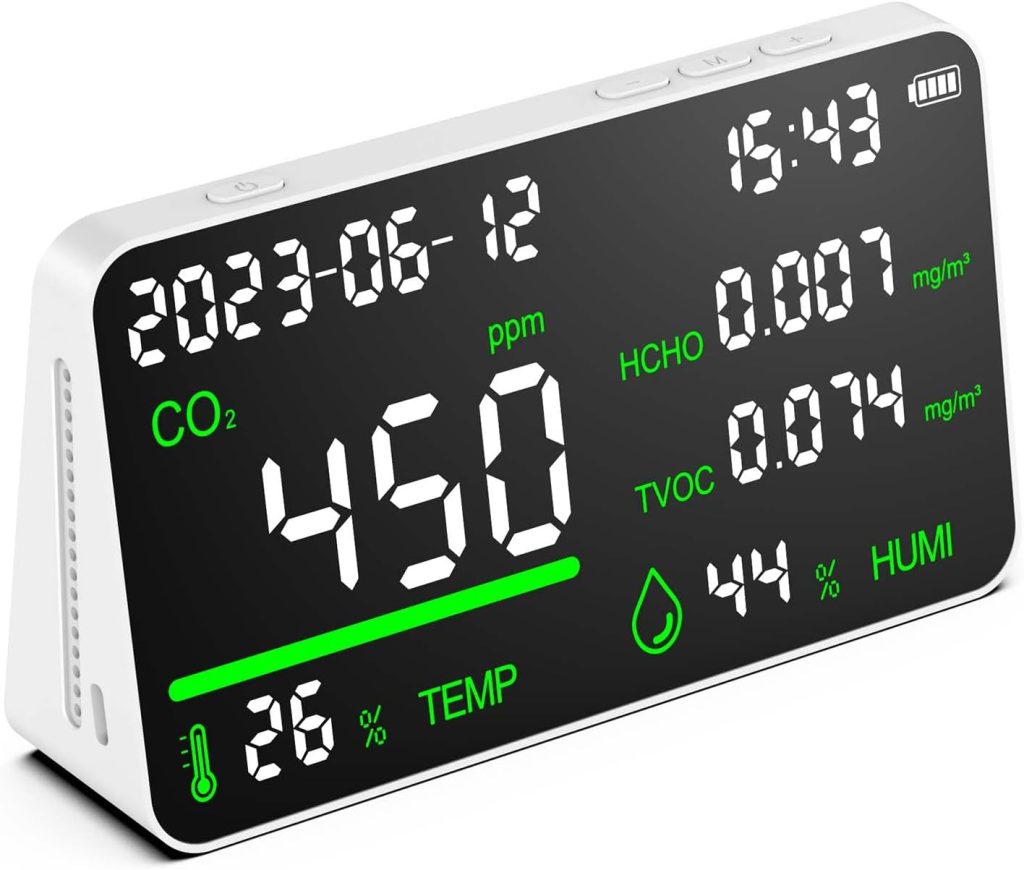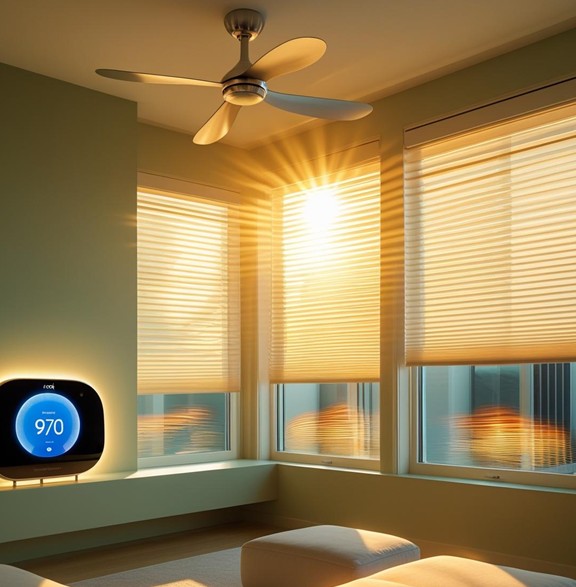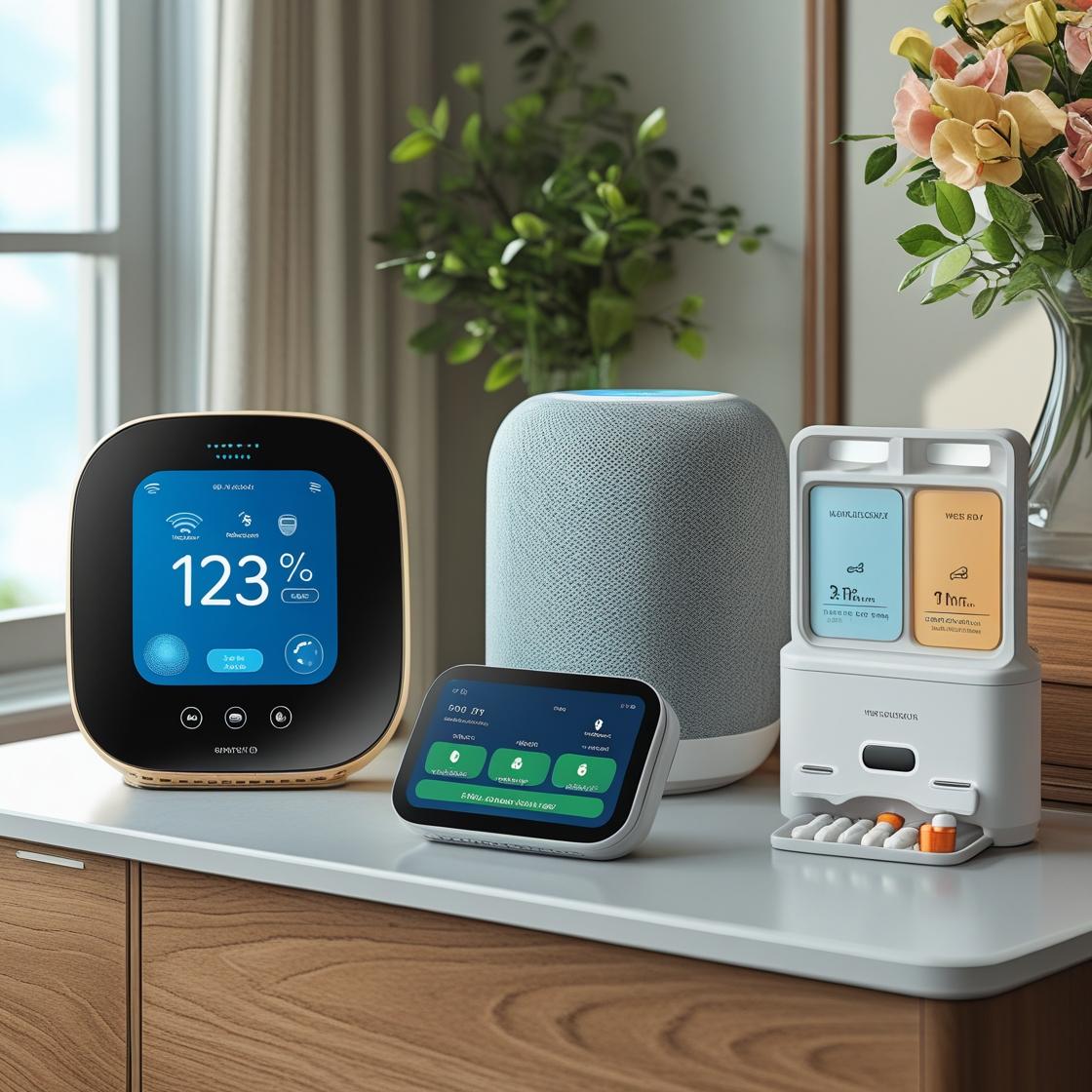Have you ever wondered how clean the air inside your home really is? If you’ve experienced sneezing, headaches, or that dreaded musty smell, it might be time to pay attention to your indoor air quality. The truth is, monitoring the air you breathe indoors is just as important as ensuring clean drinking water. Poor indoor air quality can impact your health in more ways than you might think, and it’s not just a concern for allergy sufferers. This guide will break down why air quality matters, how to monitor it effectively, and the best ways to maintain a fresh and healthy environment for you and your family.
Why Indoor Air Quality Matters
Air quality might not be something we think about daily, but it can have a massive impact on our well-being. Here’s why:
Health Impacts
Poor air quality doesn’t just make you uncomfortable; it can lead to significant health problems. Short-term exposure to pollutants like dust and volatile organic compounds (VOCs) can cause headaches, eye irritation, and respiratory distress. Long-term exposure may contribute to chronic conditions like asthma or even cardiovascular disease. Children, the elderly, and individuals with pre-existing conditions are particularly vulnerable.
Common Indoor Pollutants
You’d be surprised how many pollutants are lurking in your home. Here are some usual suspects:
- Dust and Pet Dander: These allergens can trigger asthma and allergy symptoms.
- Volatile Organic Compounds (VOCs): Found in cleaning supplies, paint, and furniture, these chemicals can irritate the lungs.
- Mold Spores: Mold thrives in damp environments and can be a major health hazard.
- Carbon Dioxide (CO2): High levels can cause fatigue and impair cognitive function.
Signs Your Indoor Air Quality Might Be Poor
Sometimes, your home gives off clues that your air quality needs attention. Here are a few warning signs:
Physical Symptoms
Do you or your family members experience unexplained headaches, dizziness, or eye irritation when you’re at home? These symptoms can be red flags for poor air quality. Likewise, frequent sneezing or coughing, especially if it improves when you leave the house, can indicate a problem.
Home Indicators
Your living environment may show signs of compromised air quality. Stale odors that don’t seem to go away or an excessive buildup of dust on surfaces are clear indicators. If you spot mold or mildew, especially in bathrooms or basements, your air quality might be suffering due to excess moisture.
How to Monitor Indoor Air Quality: Tools and Techniques
Ready to take control of the air you breathe? Monitoring indoor air quality is easier than you might think. Here’s how:
Air Quality Monitors

Investing in an air quality monitor is one of the best ways to keep tabs on pollutants. These devices measure everything from particulate matter (like PM2.5, which is harmful to the lungs) to VOCs and CO2 levels. Some popular brands even offer data tracking and mobile app integration, allowing you to check your air quality in real time.
Mobile Apps
Many air quality monitors come with companion apps that alert you when pollutant levels get too high. Some apps even connect with other smart home devices, making it easy to automate solutions, like turning on an air purifier.
Best Practices for Maintaining Good Indoor Air Quality
Now that you know how to monitor air quality, let’s talk about keeping it clean:
Ventilation
Sometimes, all it takes is a good breeze to freshen up your air. Open windows when the outdoor air quality is good, or consider mechanical ventilation systems like heat recovery ventilators (HRVs) if you live in a more polluted area.
Air Purifiers
An air purifier can be a game-changer, especially in urban environments or homes with pets. When choosing one, consider your room size and the types of pollutants you want to remove. HEPA filters are great for particulate matter, while activated carbon filters can handle VOCs.
Humidity Control
Keeping your home’s humidity between 30-50% is crucial. Use a dehumidifier in damp areas like basements, and add moisture in winter if the air gets too dry.
Air Quality Monitoring and Smart Home Integration
Why not take it a step further and make your home a smart haven for clean air?
Smart Home Devices
Consider integrating your air quality monitors with smart home systems. Devices like smart thermostats can adjust temperature and humidity, while smart purifiers can automatically activate when pollutant levels spike.
Alert Systems
Set up alerts to notify you when CO2 levels are too high or VOCs reach unhealthy concentrations. This way, you can act quickly to ventilate your home or run an air purifier.
Frequently Asked Questions About Indoor Air Quality
How Often Should I Check My Air Quality?
It’s a good idea to monitor air quality daily, especially if you have an air quality monitor. For those using less precise methods, check conditions whenever you notice symptoms or changes in your environment.
Can Plants Really Improve Air Quality?
Yes, but with a caveat. While some studies show that plants can reduce certain pollutants, the effect is generally small compared to air purifiers. Still, adding greenery can make your home feel fresher and more vibrant.
Are There Any Low-Cost Solutions?
Absolutely! Simple steps like vacuuming regularly with a HEPA filter, using non-toxic cleaning products, and ensuring proper ventilation can significantly improve air quality without costing a fortune.







